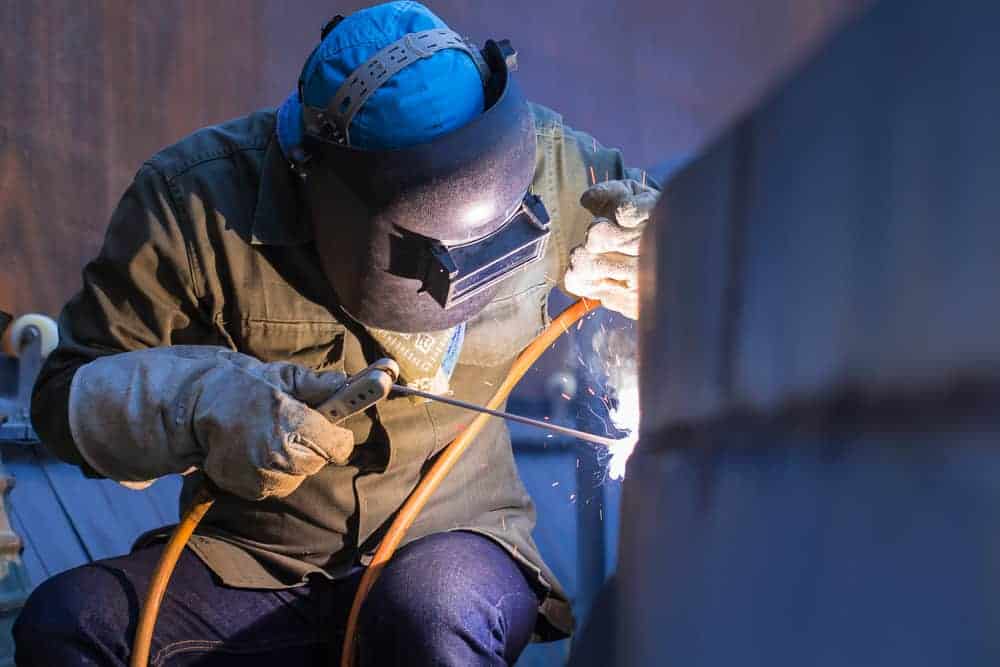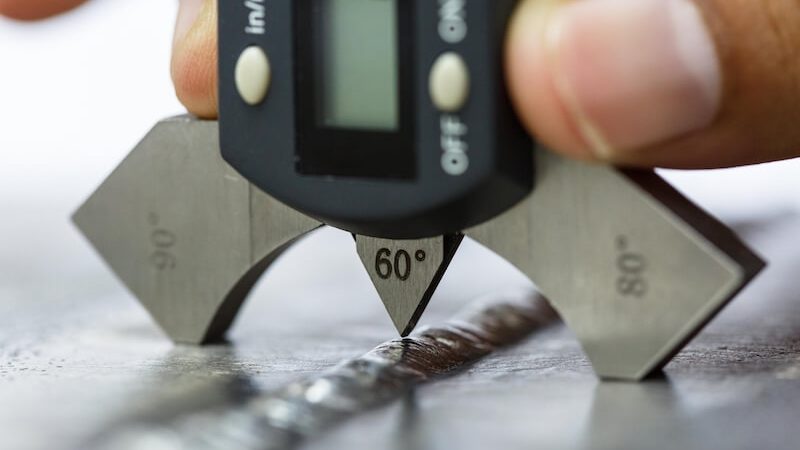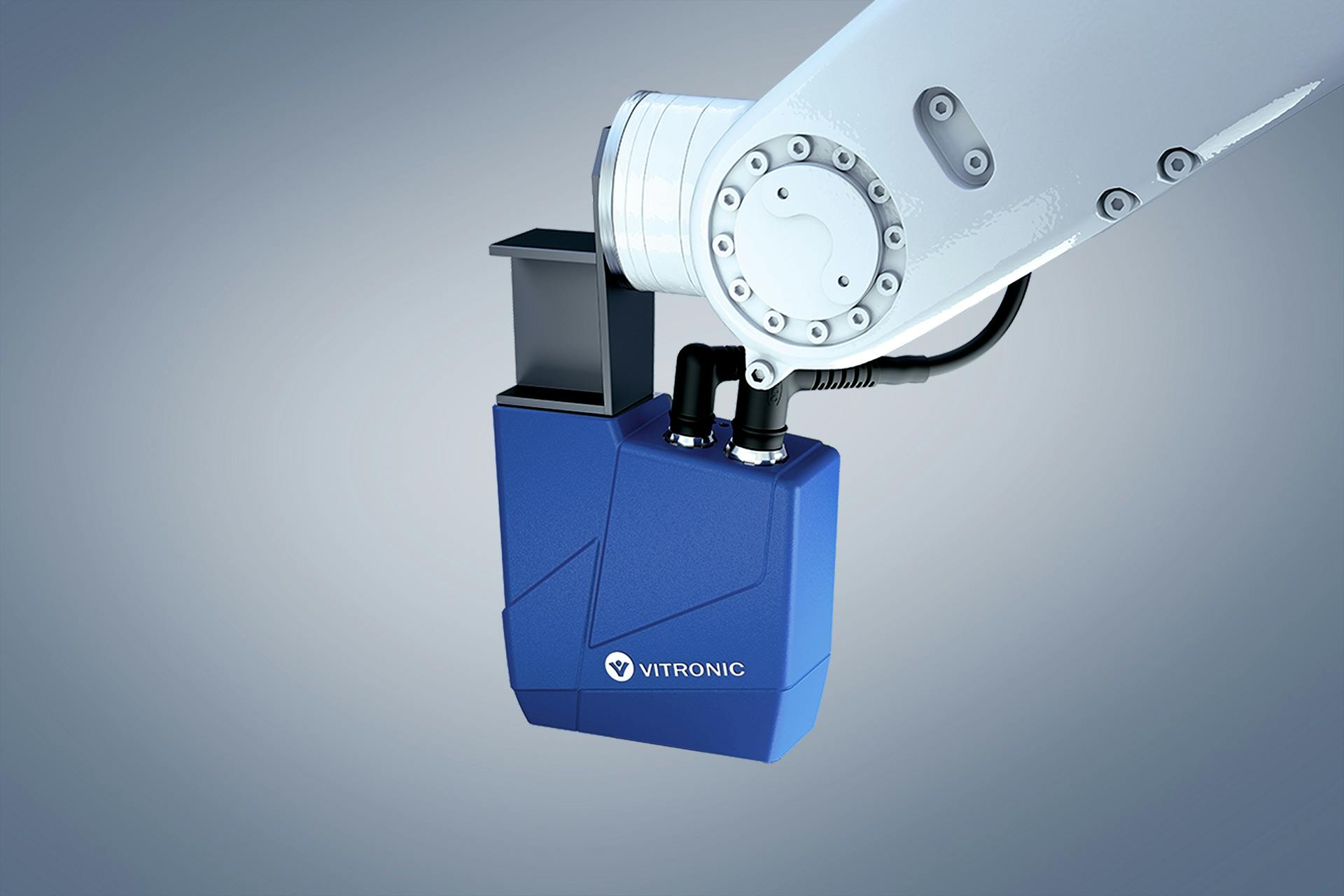A Comprehensive Guide to Welding Examination Techniques and Ideal Practices for High Quality Guarantee in Construction Projects
Welding assessment serves as a fundamental pillar in guaranteeing the architectural integrity and security of made projects. Establishing efficient practices and a robust high quality management system can improve compliance and reliability.
Importance of Welding Assessment
Welding inspection is a critical element in making certain the honesty and safety and security of bonded frameworks. The procedure includes a systematic analysis of welds to identify any kind of issues that may compromise the strength and sturdiness of the last product. Reliable examination is essential not just for conformity with sector standards and guidelines however also for guarding the health and wellness of workers and the public.

In addition, welding inspection serves as an important tool for continual renovation in manufacture processes. Ultimately, focusing on welding evaluation promotes a culture of quality assurance, making certain that tasks meet both consumer expectations and regulatory requirements.
Usual Welding Examination Methods
Numerous strategies are used to inspect welds, each customized to discover particular kinds of defects and make sure high quality. Amongst one of the most typically made use of methods are aesthetic examination, ultrasonic testing, radiographic screening, magnetic particle testing, and color penetrant testing.
Aesthetic evaluation is one of the most straightforward method, allowing inspectors to determine surface irregularities such as cracks, porosity, and damaging. Ultrasonic screening uses high-frequency acoustic waves to discover inner flaws, providing a detailed assessment of weld stability. Radiographic testing makes use of X-rays or gamma rays to develop photos of the weld, exposing internal defects that are not noticeable to the nude eye.
Magnetic bit testing is especially effective for ferromagnetic materials, recognizing surface and near-surface problems by using electromagnetic fields and utilizing great particles that show abnormalities. Color penetrant testing involves applying a colored color to the weld surface, which seeps right into fractures and is disclosed under ultraviolet light, making it easy to spot issues.
Each of these techniques plays an important duty in keeping welding top quality, and the selection of a suitable technique depends upon the specific needs of the construction job, consisting of product type, weld setup, and the desired degree of evaluation.
Crucial Inspection Devices


These tools aid make sure that welds satisfy the called for requirements for strength and sturdiness. Additionally, ultrasonic testing tools are used to detect interior defects without compromising the integrity of the weld.
One more vital tool is the firmness tester, which assesses the mechanical buildings of a weld and establishes its viability for specific applications. Finally, welding examination software help in documenting searchings for, promoting data evaluation, and guaranteeing conformity with sector standards. With each other, these vital evaluation devices create an extensive arsenal that supports the welding inspection have a peek at these guys procedure, eventually adding to the quality control of construction jobs.
Ideal Practices for Quality Control
In the pursuit of quality control, carrying out best techniques is essential for achieving trustworthy and consistent welding results. Developing an extensive welding quality monitoring system (WQMS) is essential. This system needs to include specified treatments, standards, and paperwork techniques that direct every stage of the welding procedure.
Normal training and certification of welding workers are crucial. Skilled welders with updated knowledge of methods and safety and security measures add dramatically to top quality. Furthermore, performing pre-welding examinations ensures that materials and tools meet specified standards, decreasing the possibility of flaws.
Incorporating real-time monitoring throughout the welding process enables immediate discovery of irregularities, enabling restorative actions to be taken immediately. Post-welding examinations, including visual checks and non-destructive testing (NDT), are vital in confirming weld honesty and compliance with market standards.
In addition, maintaining thorough records of evaluations, weld criteria, and rehabilitative actions promotes a society of liability and constant improvement. Engaging stakeholders in regular high quality testimonials can likewise enhance the general efficiency of quality control actions. By sticking to these best methods, organizations can considerably boost their welding top quality assurance initiatives, therefore making certain job success and customer satisfaction.
Enhancing Security and Conformity
Achieving high requirements in welding top quality guarantee normally lines up with the vital of enhancing safety and compliance within the market. Efficient welding inspection methods are essential in making certain and identifying potential hazards that all procedures adhere to regulatory requirements. These strategies not only serve to preserve structural honesty but also protect the health and wellness of employees associated with fabrication jobs.
Carrying out rigorous examination protocols, such as visual evaluations, non-destructive screening (NDT), and extensive documents, establishes a culture of safety and security and liability. Educating welders and examiners in existing safety policies and ideal techniques is essential. This guarantees that all team participants understand potential risks and are outfitted to reduce them.
Additionally, compliance with sector criteria, such as those established by the American Welding Society (AWS) and the International Organization for Standardization (ISO), is non-negotiable. Regular audits and evaluations assist recognize spaces in security procedures and promote continual renovation - Welding Inspection Milwaukee. Ultimately, a dedication to boosting safety and security and conformity not just fosters a safer working setting yet also leads to remarkable high quality outcomes and decreased responsibility for organizations involved in welding fabrication
Final Thought

Welding assessment serves as a fundamental pillar in making sure the architectural honesty and safety of produced projects.Welding assessment is an essential part in making certain the stability and security of welded structures. Ultimately, prioritizing welding assessment cultivates a culture of quality guarantee, making certain that jobs satisfy both customer assumptions and regulatory needs. Together, these crucial evaluation tools develop a thorough toolbox that sustains the welding inspection procedure, inevitably adding to the high click site quality assurance of construction jobs.
In final thought, effective welding inspection is necessary for making sure the structural integrity and safety and security of fabricated jobs. Welding Inspection Milwaukee.